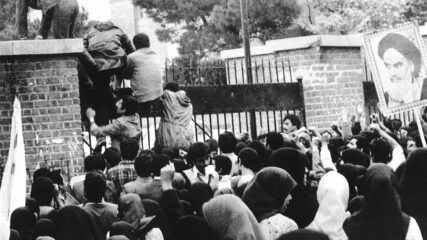Maps of Israel and the Gaza Strip, Israel’s villages, and kibbutzim around the Gaza Strip, former Israeli settlements there, and Israel’s requested zone of civilian withdrawal 10.14.2023. The CIA’s World Factbook maintains an updated entry on the Gaza Strip here:

The map below shows the Israeli areas that Hamas terrorists reached where they overwhelmed Israeli civilians and military personnel. It is uncertain if Hamas terrorists physically reached Ashkelon. The distances from Ofakim to the Gaza Strip border is 24km, from the Gaza Strip to Hebron on the West Bank is 60km. (source BBC taken from wiki sources)


In 2005, Israel unilaterally withdrew from the Gaza Strip. In 2007, Hamas wrested control of the Strip from the Palestinian Authority and used it as a launching pad to attack Israel, including the fifth round of intense fighting that began in October 2023.
From 1977-1979, the settler population in the territories grew from 3,200 to 17,500, plus 80,000 in East Jerusalem. Of the 225,000 Israel settlers in the “territories,” in 2005, all 8,500 settlers living in Gaza (5% of the total) were evacuated with the area turned over to the Palestinian Authority. In 2007, Hamas ousted the Palestinian Authority rule from the Gaza Strip.
https://israeled.org/wp-content/uploads/2015/05/Jewish-settlements-in-Gaza-August-2005.jpg
The blue areas are Jewish Settlements inside the Gaza Strip. These Israeli settlements were withdrawn from the Gaza Strip in August 2005










